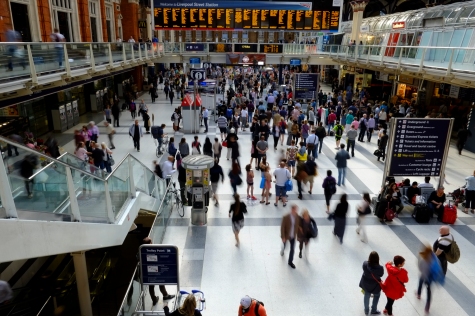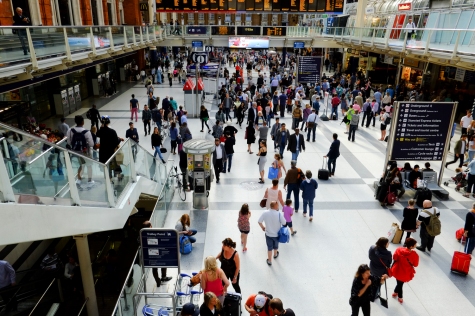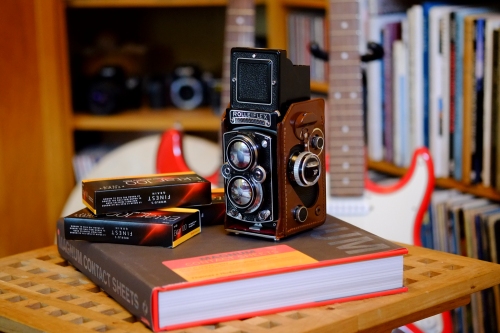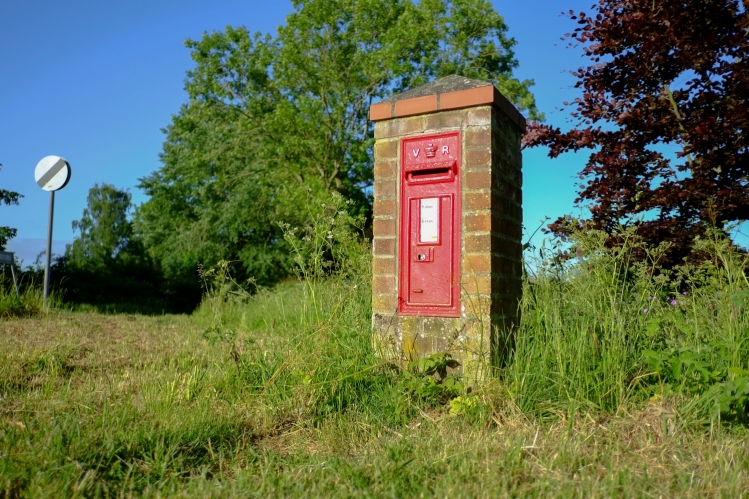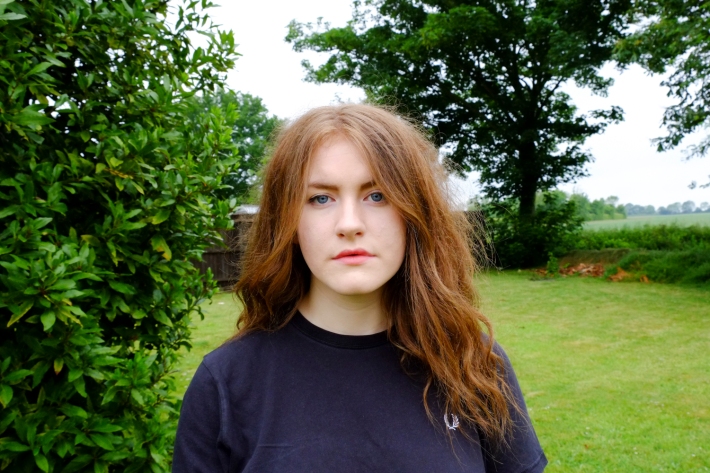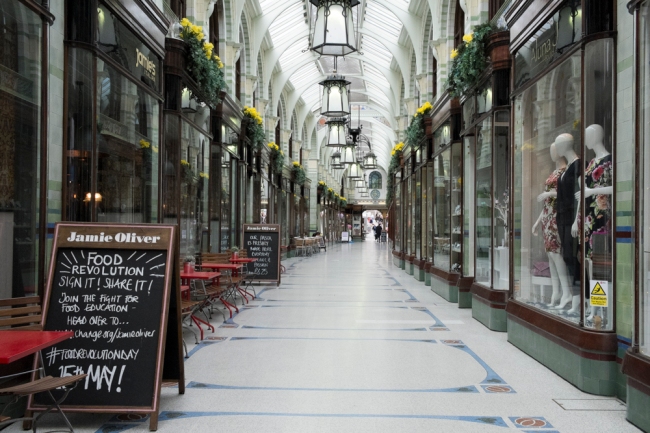In looking at this exercise I chose an 18mm (27mm equivalent on a 35mm format camera) wide angle lens and set its aperture to f16, its slowest f ratio. Even with the cameras ISO set to 2200, this still yielded shutter speeds of between 1/4 and 1/12 of a second. Using the hand rail on the upper balcony rail of the arrival and departure hall at Liverpool Street station as a makeshift support for the cameras I was able to record the scene. tripods are forbidden in this space so I was improvising! whilst there is some movement as subjects moved during the exposure , the station building and furniture are sharply frozen in time form the front to the back of the sen
The scene had the appropriate level of depth as required in the exercise and I thought it would be a test for the lenses resolving power at it narrowest aperture.. The images show the effect of a wide lens and narrow aperture, there is a wealth of detail and depth in the foreground, mid ground and in the distance. My choice of subject did throw in some interesting effects though. With the relatively long exposures some of the people in the images have been frozen because they remained still, but those that were walking are blurred. The overall effect creates a kinetic sense of movement and action of people in motion within the the scene, whilst still freezing the station. These are deep depth of field images, showing the effect of the smallest prepare on the lens. I was reminded of the photographers of the Group f64* seeking to capture the maximum level of detail in images, trying to capture a new perspective on reality, using photography to make a statement about a new art.
At f16 I was not quite eligible for the group!
18mm f16 at 1/4 sec
A selection of the unprocessed images
18mm f16 at 1/10 sec
18mm f16 at 1/12 sec
18mm f16 at 1/10 sec
18mm f16 at 1/40 sec *
Group f64 where a group of American landscape photographers in the early 20th century whose style and approach was to produce very sharp well framed realist ( some times called a modernist style) landscape views of the United States. There was an epic sense of the American wilderness in their work that said something about the place beyond the mountains and forests pictured in their images. some members of the group were also known for the outspoken views about what they saw as less authentic pictorialist images. The tensions between Adams and Key exponents of the group were Edward Weston, Ansel Adams and Imogen Cunningham.

